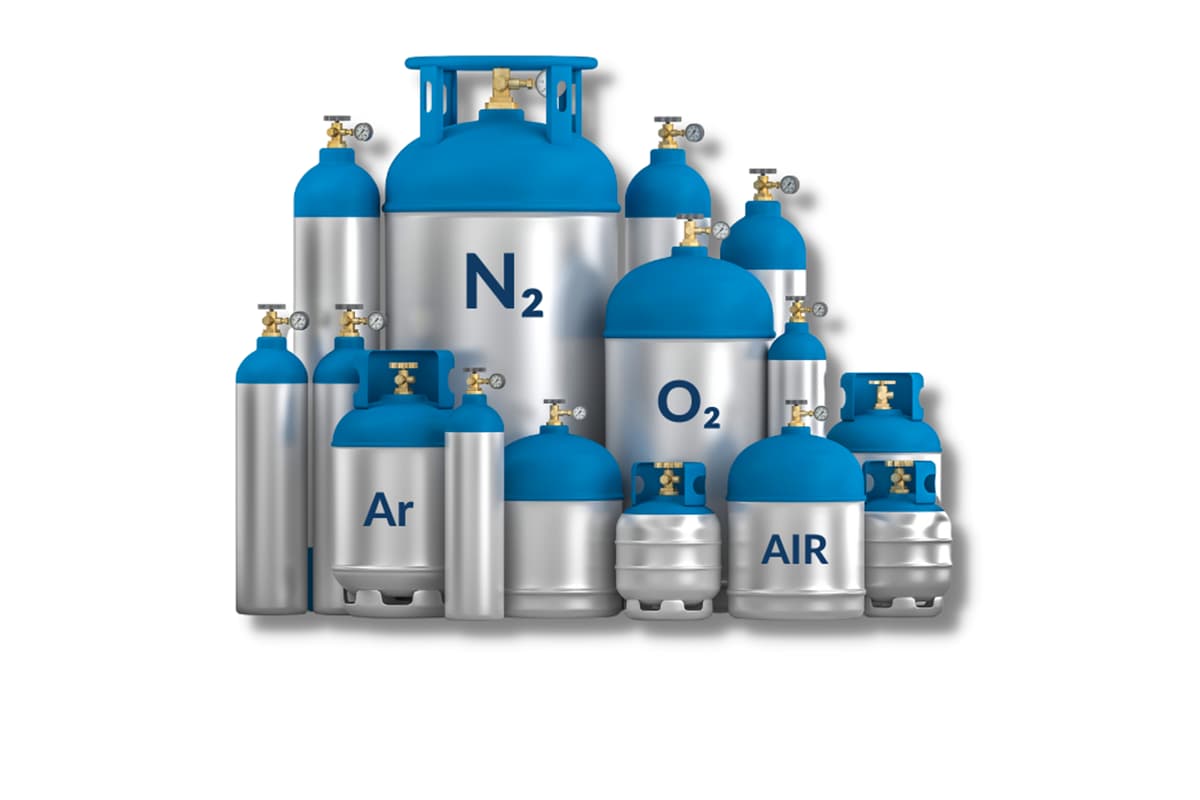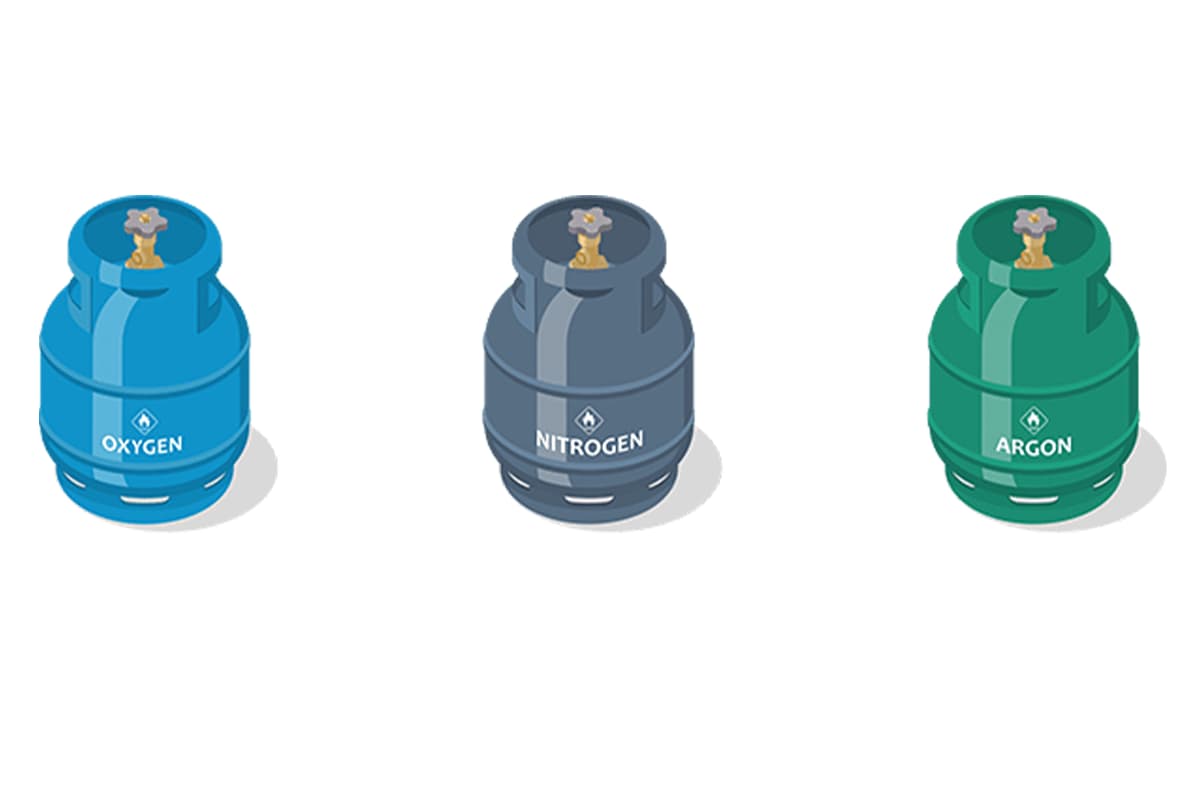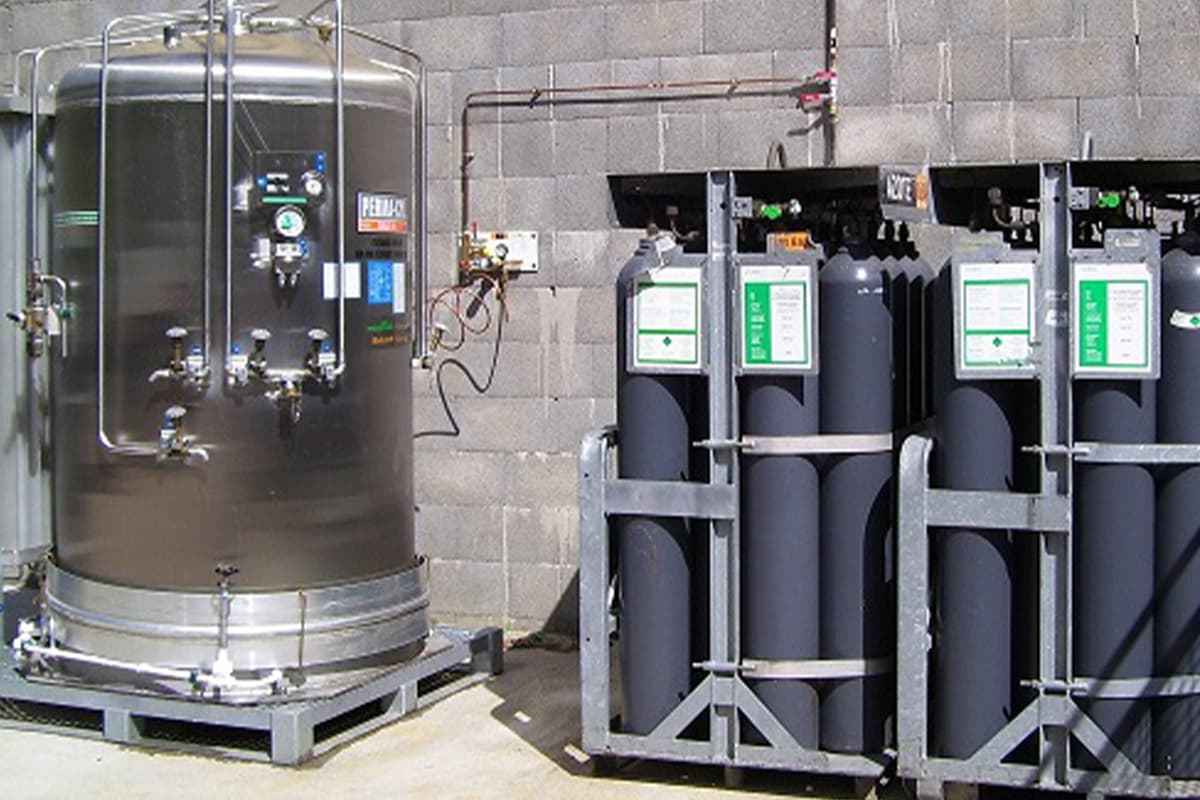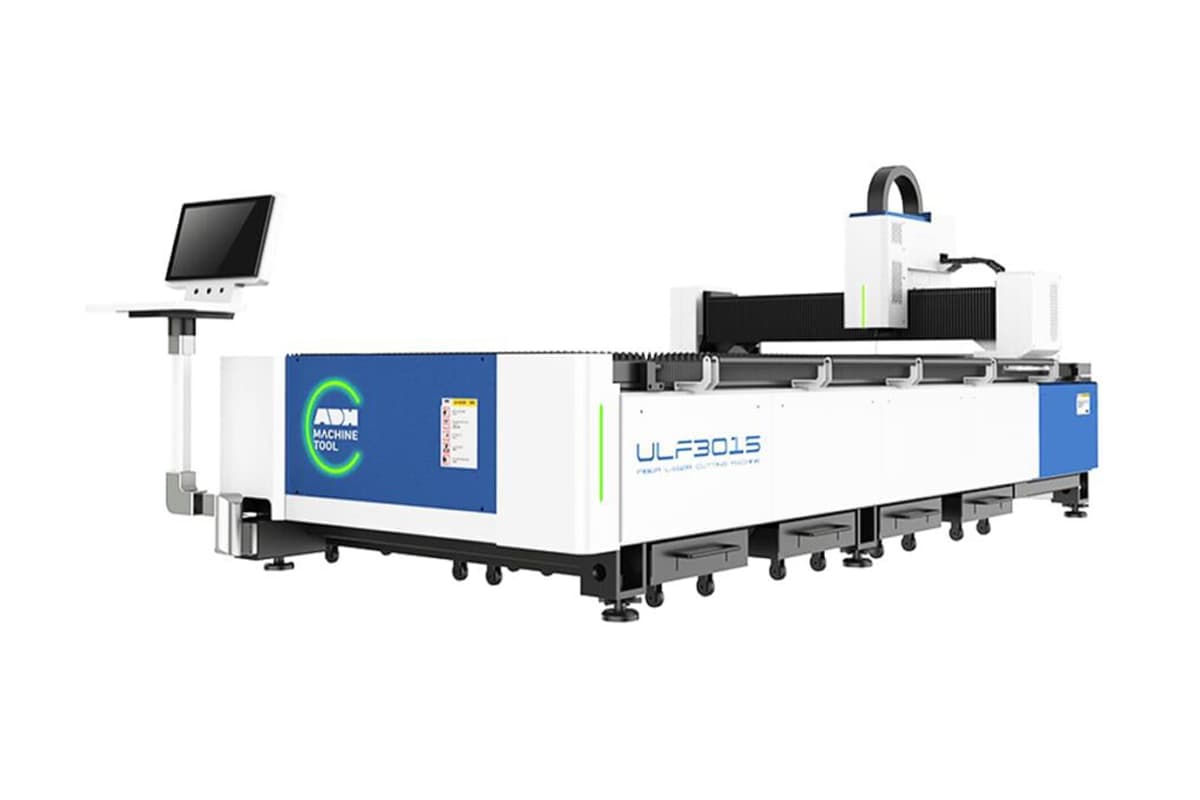Laser cutting is a widely utilized technology in modern manufacturing, valued for its precision and efficiency in cutting various materials. This process, however, is heavily dependent on the use of assist gases, which play a crucial role in the cutting operation. The selection of the appropriate assist gas is paramount for achieving optimal cutting results, operational efficiency, and cost management. Assist gases in laser cutting serve multiple purposes, including blowing away molten material, preventing oxidation, and influencing the cutting speed and quality. Commonly used gases include oxygen and nitrogen, each offering distinct advantages and challenges. Understanding these differences and the specific consumption rates of each gas is essential for manufacturers to make informed decisions. The right choice of assist gas not only enhances the quality of the cut but also significantly impacts the overall cost of the operation. By carefully considering the type of gas, its consumption rate, purity levels, storage solutions, and supply logistics, manufacturers can optimize their laser cutting processes to be both cost-effective and efficient. Description and Chemical Interaction: Oxygen is a highly reactive gas that, when used in laser cutting, facilitates an exothermic reaction with the material being cut. This reaction generates additional heat, significantly increasing the cutting speed and efficiency. The process involves the oxygen oxidizing the molten metal, creating an oxide layer that is more easily vaporized by the laser beam. Applications: Oxygen is primarily used for cutting mild steel, carbon steel, and low alloy steel. Its reactivity helps in achieving clean and fast cuts, especially in thicker materials (up to 25mm or more). It's particularly effective for structural steel fabrication, heavy equipment manufacturing, and shipbuilding industries. Pros and Cons: Description and Mechanical Interaction: Nitrogen, an inert gas, does not react with the material being cut. Instead, it acts mechanically by blowing away the molten material from the cutting kerf at high pressure (up to 25 bar or more), resulting in a clean cut without oxidation. The nitrogen also provides cooling to the cut edge, minimizing the heat-affected zone. Applications: Nitrogen is widely used for cutting materials such as stainless steel, aluminum, and other non-ferrous metals where a clean, oxidation-free edge is essential. It's particularly valuable in industries like aerospace, medical device manufacturing, and food processing equipment production, where material integrity and surface quality are critical. Pros and Cons: Pressure Requirement: Consumption Rate: Pressure Requirement: Consumption Rate: Carbon Steel: Stainless Steel: Standard Purity (99.995%): For precision laser cutting applications, nitrogen with a purity of 99.999% (known as "five nines" or 5.0 grade) is considered optimal. This ultra-high purity level ensures superior oxidation prevention and minimizes undesirable chemical reactions during the cutting process, particularly for reactive metals like titanium and high-chromium stainless steels. Impact of Impurities: Trace impurities in nitrogen can significantly compromise cutting quality and process stability. Critical contaminants include moisture, oxygen, and hydrocarbons. Moisture levels exceeding 3 parts per million (PPM) can induce micro-oxidation on cut edges, while oxygen content above 5 PPM may cause discoloration in sensitive materials. Hydrocarbon contamination above 1 PPM can lead to carbon deposition, reducing laser power transmission and potentially causing optics damage. To maintain optimal cutting performance, it's crucial to maintain total impurities below 10 PPM, with moisture below 3 PPM, oxygen below 5 PPM, and total hydrocarbons below 1 PPM. Standard Purity (99.5%) vs. High Purity (99.95%): Oxygen used in laser cutting is available in distinct purity grades, each suited for specific applications: Effect on Productivity and Cutting Efficiency: Gas Supplied in Gaseous Form: Industrial gases such as oxygen, nitrogen, and argon are commonly stored and supplied in high-pressure cylinders and racks. These vessels contain gas in its compressed state, typically at pressures ranging from 150 to 300 bar (2,175 to 4,350 psi). This storage method is particularly suited for small to medium-scale operations or as a backup supply in metal fabrication workshops. Pros and Cons: Gas Supplied in Liquid Form: For high-volume consumers in metal fabrication, gases are often stored in cryogenic bulk tanks in their liquid state. This method allows for significantly higher storage density, with liquid nitrogen occupying only 1/696th of its gaseous volume at standard temperature and pressure. Cost-Effectiveness and Storage Considerations: Intermediate Solution for Average Consumers: Mini-tanks, also known as MicroBulk systems, bridge the gap between high-pressure cylinders and large cryogenic tanks. These units typically hold 230 to 2,000 liters of liquid gas, catering to medium-scale metal fabrication operations. Benefits of Smaller, Manageable Volumes: Oxygen is used for steel cutting, involving a chemical reaction that produces oxidation, while nitrogen provides a clean cut without chemical interaction and can be used on various materials. Higher purity oxygen improves productivity, especially for thin steel sheets, while standard nitrogen purity is usually sufficient, with concerns more on impurities like hydrocarbons and moisture. Mini-tanks offer a manageable solution for average gas consumers, reducing the need for frequent refills and allowing for easier handling and storage. A well-designed network prevents gas pollution and ensures consistent gas flow, protecting the laser machine’s head and maintaining production quality. Choosing the right assist gas and managing its consumption efficiently is critical for optimizing laser cutting operations. Each type of gas—oxygen and nitrogen—has specific benefits and drawbacks, which must be weighed against the operational requirements and costs. As a professional sheet metal manufacturer with over 20 years of experience in producing laser cutting machines, we at ADH Machine Tool deeply understand the importance of gas consumption to our customers. Over the years, we have been dedicated to researching, developing, and manufacturing high-performance, low-gas-consumption laser cutting equipment to help our clients achieve efficient and economical production. If you have any questions or requirements regarding gas consumption in laser cutting, please feel free to contact us at any time. Refrigeration Units Electrical System 420100,Engine Ignition Solenoid Valve,TKC420100 Chongqing Wishcarry Trade Co.,Ltd. , https://www.wishcarry-cooler.comI. Introduction
II. Types of Assist Gases
1. Oxygen
2. Nitrogen

III. Gas Consumption Rates
1. Oxygen Consumption
2. Nitrogen Consumption
3. Consumption Comparison for Different Materials
4. Impact on Cutting Speed and Efficiency
IV. Gas Purity and Quality

1. Nitrogen Purity
2. Oxygen Purity
V. Gas Storage Solutions

1. Cylinders and Racks
2. Tanks
3. Mini-Tanks

VI. FAQs
1. What is the main difference between oxygen and nitrogen in laser cutting?
2. How does gas purity affect laser cutting efficiency?
3. What are the benefits of using mini-tanks for gas storage?
4. Why is network installation crucial for gas supply in laser cutting?
VII. Conclusion